Kabul Museum 1969Copyright (c) Dr. Volker Thewalt1969 / 22.02.2001 [akt. 22.10.2010] Index |
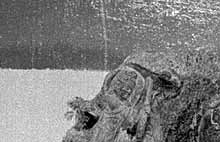 |
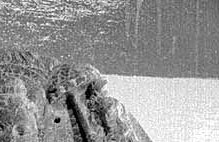 |
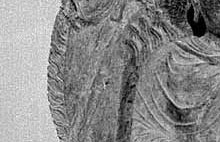 |
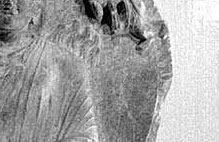 |
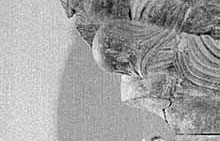 |
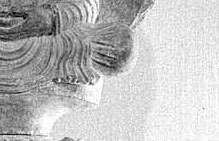 |
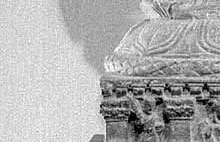 |
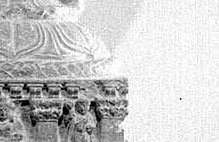 |
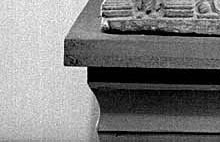 |
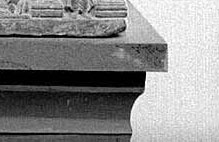 |
Photo : Thewalt 1969 (p9_69_01) [ Vgl. Francine Tissot 2006, Catalogue of the National Museum of Afghanistan 1931-1985, UNESCO publishing 2006, Paris, p. 330: K.p. Pa. 868.1. K.M. inv. no. 64-7-5. H 0.61; Schist; ROW, 71, fig. 107; Cambon, fig. 5. Meditating Buddha seated on the lotus throne. Two parasol-bearers on the mandorla. Paitava (Parvan province) According to the seventh-century Chinese pilgrim Xuan Zang, the monastery of Paitava (situated 7 km from Begram) depended on a large city named Si-pi-to-la-fasse. At that time, it was the most important city in the Kapisa region. The site was first discovered by Jouveau-Dubreuil, then excavated by Joseph Hackin and finally by Jules Barthoux in 1924-25. Most of the pieces were too fragile to be recovered. French archaeologists of DAFA took a number of schist sculptures to the Kabul Museum.
|